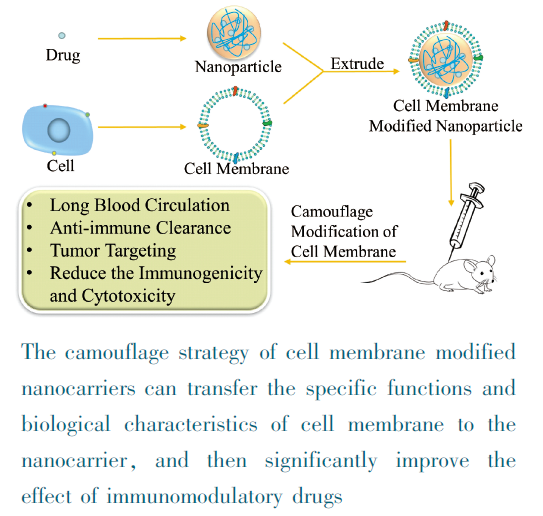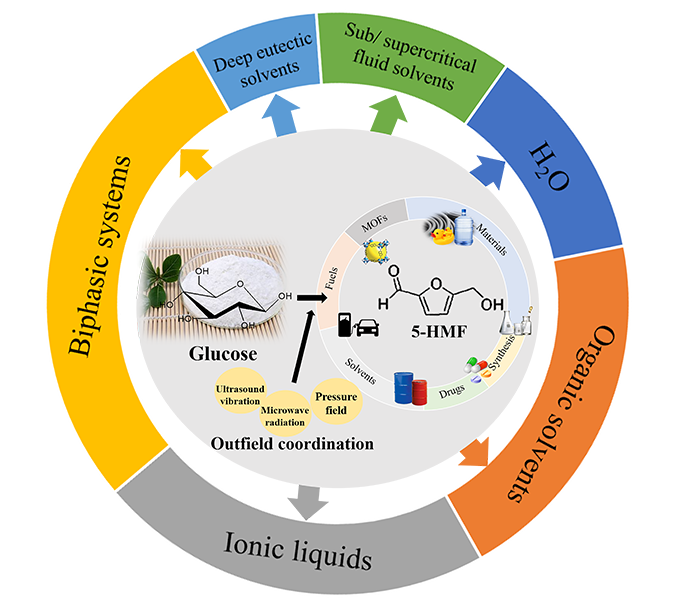Zero-valent aluminum(ZVAl) possesses physical properties of good ductility and light weight, and has chemical properties of more negative redox potential. In the preparation process of new lightweight and high-strength composite materials, ZVAl has been taken preferentially as an ideal metal matrix. On the other hand, ZVAl, an excellent electronic donor, has been used for rapid hydrogen evolution and efficient removal of pollutants in the field of hydrogen production and environment remediation. Mechanical ball milling, is a novel material processing method which is simply operated and easy engineering. Furthermore, it can overcome the drawbacks of ununiform mixing and poor interface combination in the traditional preparation methods of aluminum-based metal materials. Moreover, it can destroy the dense oxide film on the surface of ZVAl, and break through the bottleneck that limits the electronic release of ZVAl. By ball milling ZVAl and grinding aids to control the grinding strength, the uniform dispersion and good interface bonding of the composites can be achieved,and a small amount of intermetallic compounds and chemically active substances are generated. As a result, the composites with excellent material properties can be obtained.Besides, the quantity of hydrogen production and the efficiency of pollutants removal could be increased through the function of the “cutter”, the mechanical chemical reaction such as displacement, carbonization or dechlorination, the change of microstructure during mechanical ball milling, and the pitting effect, the primary battery effect, the reduction of side reactions in the aqueous medium and other action mechanisms. Above all, this paper summarizes the principle of using mechanical ball milling to enhance the mechanical properties of ZVAl-based composite materials. In addition, the surface modification of ZVAl by mechanical ball milling and the mechanism of its application in hydrogen production and pollutant removal are systematically summarized. Afterward, the influence of ball milling parameters and water chemical conditions on the system are discussed. Finally, prospects of the research areas meriting for further investigation are pointed out. Supposing to promote the further development of mechanically modified ZVAl in the field of environment remediation through in-depth understanding of related fields of different disciplines.
Contents 1 Introduction
2 Enhanced mechanical properties of materials
2.1 Controlling grinding intensity
2.2 Intermetallic reaction
2.3 Formation of chemically active substances
2.4 Achievement of uniform dispersion of materials
3 Improving chemical reaction efficiency
3.1 Function of “cutter”
3.2 Mechanochemical reaction
3.3 Changes in microstructure
3.4 Pitting effect
3.5 Primary battery effect
3.6 Reducing side reaction
4 Ball milling parameters
4.1 Ball milling time
4.2 Rotating speed
4.3 Grinding aid ratio
4.4 Dopant
4.5 Ball milling atmosphere
5 Water chemical parameters
5.1 pH
5.2 Temperature
5.3 Reaction by-product
6 Conclusion and outlook

























